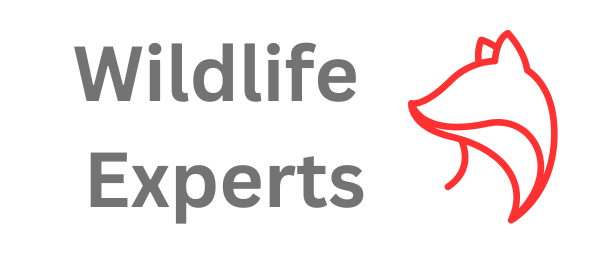Facts, Identification and Control
Latin Name
Columba livia
Appearance
Pigeons are large birds with small heads and short legs. They have dark, blue-gray heads with glossy yellow, greenish and reddish-purple markings along their neck and wing feathers and a grayish-pink bill. Two dark bands are usually seen on the wings and there is a single dark band across the tail. However, there is a great deal of color variation with this bird. For example, flocks may be mixed with birds featuring plain, pale, spotted, or rusty-red patterns.
Behavior, Diet & Habits
Pigeons walk or run with their heads bobbing forward and back. They feed in the morning and early afternoon and return to their nests or other protected areas to take cover at night. Pigeons reuse the same nests, and they don’t care too much about nest cleanliness. Unlike many other birds, their repeated reuse of nests without cleaning out the nest debris means that in time a nest may develop into a durable mound of debris, feces and the remains of both unhatched eggs and dead baby birds.
Pigeons often gather in flocks to feed. When frightened the flock may suddenly fly into the air and circle several times before coming down again to resume feeding. Pigeons are one of the more common birds found in cities and towns, but they readily nest in farm buildings, as well.
Pigeons prefer fruit and seeds but will eat just about any food items they find on the ground.
Also, pigeons in cities frequently consume popcorn, bread, cake, peanuts and almost any food litter left by people.
Audio recording of pigeon noise.
Reproduction
Pigeons pair with each other for life. The male builds the nest where eggs are laid in a clutch of about 1-3 eggs. It takes about 19 days for the eggs to hatch after being laid. Both parents incubate the eggs – the male incubates eggs from mid-morning to late afternoon and the female incubates the eggs in late afternoon and overnight to mid-morning the next day. Both parents feed the young by regurgitating a milky liquid.
Signs of a Pigeon Infestation
The most obvious infestation signs are seeing pigeons hanging out or roosting on or near buildings or parks. Droppings can also indicate that a location is a common roosting, loafing, nesting, or feeding area. Hearing cooing or seeing nests on ledges can also indicate pigeon infestation.
More Information
Most urban residents consider pigeons one of the most serious pest animals, an obvious fact when one considers the annoyance and disease transmission potential of pigeons. Since pigeons are so closely associated with our buildings and other sheltered locations, it is likely they will become a problem to homeowners and business owners. If so, be sure to contact your pest management professional and request his or her assistance in developing a bird management plan. Your pest management professional will provide a comprehensive inspection and based on the findings, prepare an effective and efficient plan for reducing or eliminating bird-related issues.
